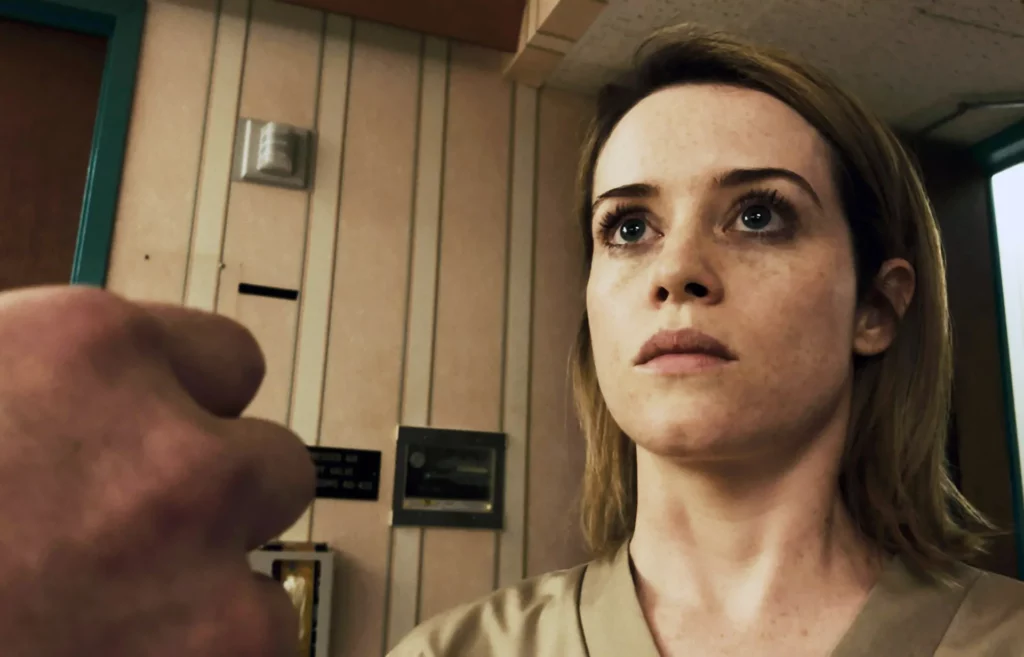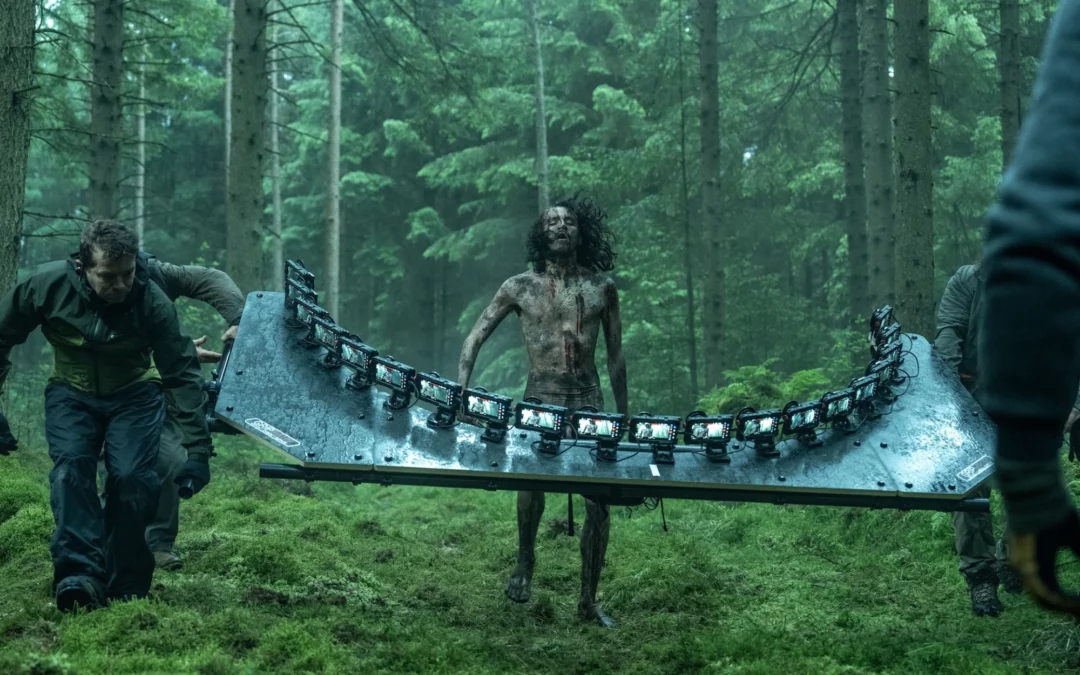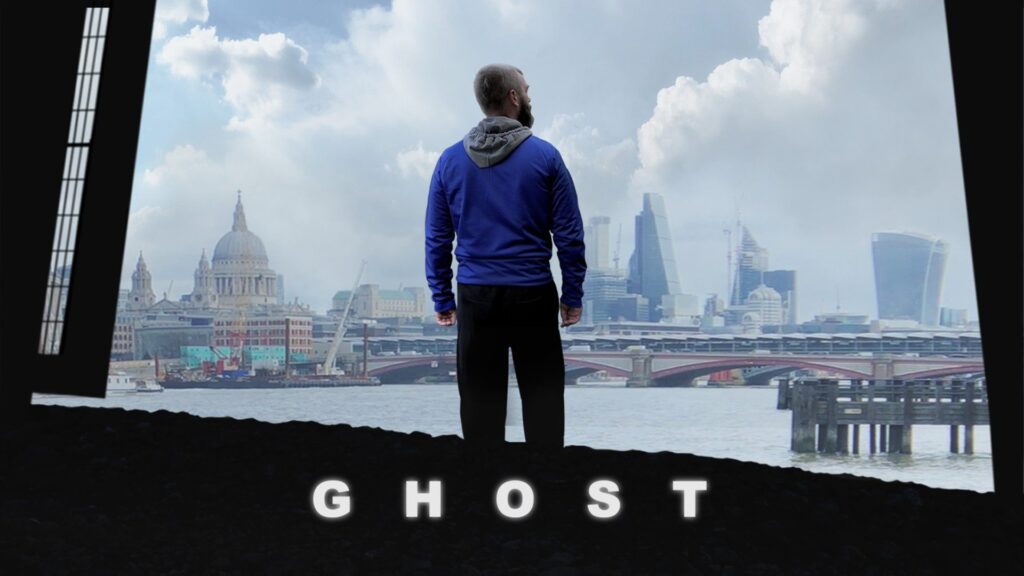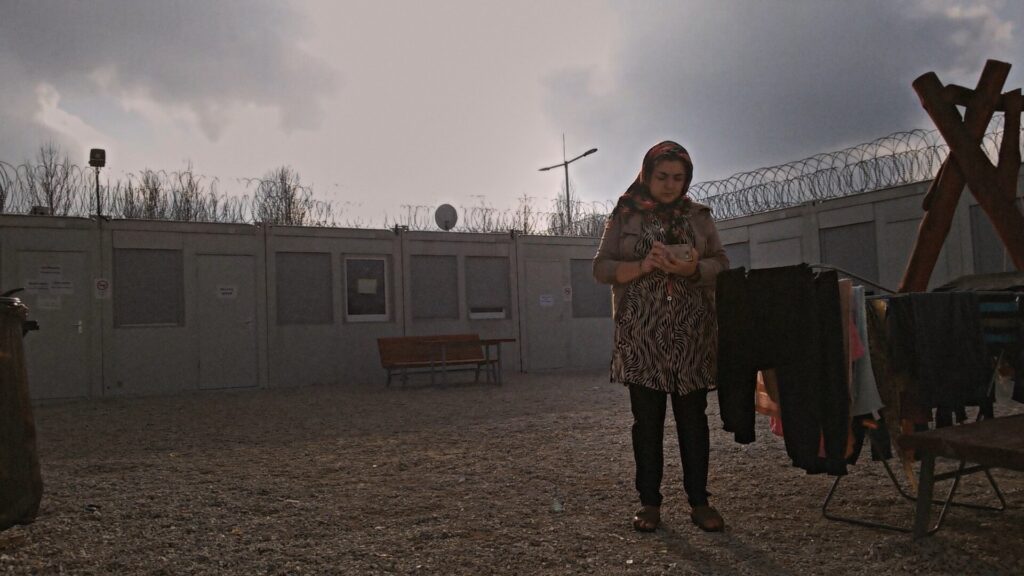28 Years Later
Key Gear: iPhone 15 Pro Max, Moondog Labs anamorphic rig, Filmic Pro (LogV2)
-
Why it matters: Danny Boyle’s third chapter was shot May–July 2024 in Northumberland. Shooting in 2.76:1 Ultra-Panavision-inspired ratio, Boyle and Anthony Dod Mantle used eight-to-twenty-phone bullet-time rigs and overcame autofocus quirks with manual overrides.
-
Inspiration: Shows how minimal kit + iPhone can unlock remote locations without permits.
28 Years Later shows exactly how adventurous smartphone filmmaking can be. When the cameras started rolling on May 7, 2024, in the rolling hills of Northumberland, director Danny Boyle and Oscar-winning cinematographer Anthony Dod Mantle made a bold choice: leave the big rigs behind and shoot primarily on an iPhone 15 Pro Max. Alongside action cameras, drones, and a few traditional digital and film cameras, that single pocket-sized device became the engine driving every eerie, wide-angle frame. The original was famous/infamously filmed on Canon XL1 camcorder in mighty 480p. The reasons for this choice were twofold. Firstly, the home-movie aesthetic would provide the film with a gritty realism that would further immerse the audience. And secondly, camcorders are highly portable.
Jump forward to 2025, and camcorders have mostly been relegated to the trash heap. We all carry 4K cameras in our pockets, so it makes sense that the 28 Years Later team would continue this technological progression by shooting the new film on iPhones.
And the result? A terrifying, truly immersive experience that bridges the gap between fiction and reality.

Steven Soderbergh’s 2018 thriller, “Unsane,” starring Clare Foy as a young woman who has been the victim of a stalker, is a pretext for a passionate technical exercise. Photograph by Bleecker Street Media / Everett
Unsane
Key Gear: iPhone 7 Plus, DJI stabilizer, FiLMiC Pro
-
Behind the scenes: Soderbergh mounted three phones to capture wide-angle, claustrophobic horror.
-
Takeaway: Smartphones can amplify psychological themes through handheld immediacy.
Steven Soderbergh paved the way for all of us to sprint as mobile filmmakers. His first foray into smartphone moviemaking was the 2018 psychological thriller Unsane, starring Claire Foy as a woman involuntarily committed to a mental institution and haunted by a possibly imagined stalker. Soderbergh shot the entire feature on an iPhone 7 Plus using the FiLMiC Pro app—actually mounting three phones on a DJI stabilizer to capture crisp 4K footage. The result? A film that feels both urgent and claustrophobic, its themes of paranoia and confinement amplified by the iPhone’s wide-angle frame.
In hands like these, an iPhone isn’t just a point-and-shoot gadget but a fully capable tool for mastering mood and perspective. Of course, the shoot wasn’t without challenges: Soderbergh had to tackle depth-of-field limitations and exposure quirks (remember, this was the iPhone 7!). Yet even so, Unsane was a hit—grossing €14 million on a €1.5 million budget.

Neil Burgers 2025 thriller, “Inheritance” starring Phoebe Dynevor’s as a young woman on a globe hoping adventure to find her father
Inheritance (2025)
Key Gear: iPhone variants, handheld gimbals, natural light
-
Globe-trotting shoot: Neil Burger and Jackson Hunt snuck into Cairo markets and shot full-dialogue airplane scenes without roadblocks.
-
Lesson: Mobile cameras grant unparalleled access in busy public spaces.
From the director of Limitless, Neil Burger’s Inheritance (2025) proves that your pocket holds more than just selfies—it can capture a globe-trotting Bourne style spy thriller with raw authenticity. With just some iPhones and a small crew Burger and cinematographer Jackson Hunt snuck into bustling Cairo markets, seething Delhi alleyways, even shooting on a commercial flight without big-budget equipment.
So, if you shoot at an iPhone, it means you can walk through a crowded Cairo market, and nobody looks at you. Because, for all they know, it’s just some friend shooting their friend with an iPhone. There were no boom mics. There was no lighting. So again, not to do it as a gimmick or but to do it as access. What it enabled us to do, for example, was to shoot on airplanes, in flight, full dialog scenes. – Neil Burger
The result is a film that feels lived-in and urgent, with every hurried glance and adrenaline-soaked chase amplified by the iPhone’s wide-angle lens and natural light. Think Bourne for the mobile phone age.
Everybody’s Oma
Key Gear: Consumer-grade iPhones, home-made sets
-
Viral doc: Jason van Genderen’s lockdown film amassed 100 M+ views, then evolved into a feature examining consent, memory, and love.
-
Lesson: Phone footage can birth both heartwarming stories and complex ethical conversations.
Another stunning film that might have flown under the radar for people (But not for us) is Director Jason Van Genderen’s touching Everybody’s Oma. When lockdown hit, Jason van Genderen turned his iPhone into a lifeline, filming his grandmother “Oma” as she navigated Alzheimer’s and dementia in their cardboard-built “Coles” supermarket at home. Those clips—born from love and routine—exploded online, racking up over 100 million views and landing on talk shows worldwide. Yet behind the virality came unexpected trolling and tough questions about consent, as Jason sifted through 300 hours of intimate footage to craft his feature documentary. This heartfelt documentary provides an intimate portrait of caring for someone with dementia. The use of mobile phones pulls they audience in making the viewer feel like a family member on the same journey.
Midnight Traveler
Key Gear: Samsung smartphones, memory-card dailies
-
Survival doc: Hassan Fazili’s family documents their refugee journey across Europe, delivering unmatched immediacy.
-
Takeaway: Phones empower marginalized voices to bear real-time witness.
When Afghan filmmaker Hassan Fazili and his family fled their home, they picked up nothing but their smartphones—and over 14 months, shot more than 300 hours of footage as they crossed borders and faced uncertainty. The result is a raw, vérité-style documentary that feels more like you’re walking alongside them than watching from a distance. Sifting through 300 hours of footage delivered on memory cards allowed the filmmaker to craft a story that balances fear with joy, all grounded in the family’s own perspective. If you’ve ever doubted that phones can carry a feature-length narrative, Midnight Traveler is your proof that the most powerful tool is the one already in your hand.
One Punch
Key Gear: iPhone 8 Plus, Moondog Labs anamorphics, DJI Osmo gimbal
-
Urban drama: Darcy Yuille’s award-winning feature captures gritty Melbourne streetscapes and earned Best Cinematography at SF3 and Dublin.
-
Inspiration: Showcases how minimal gear + strong vision = festival success.
Directed, shot, and edited by Melbourne veteran Darcy Yuille, this brooding urban drama follows 18-year-old Matt (Alex Arco) as he wrestles with his family’s violent legacy. Yuille filmed the entire feature on an iPhone 8 Plus—leaning on FiLMiC Pro, Moondog Labs anamorphic adapters, and a DJI Osmo gimbal to slip unnoticed into real cityscapes and capture spontaneous, vérité-style performances.






